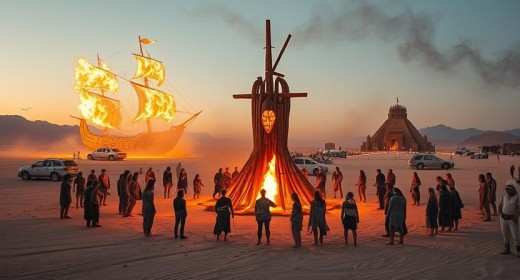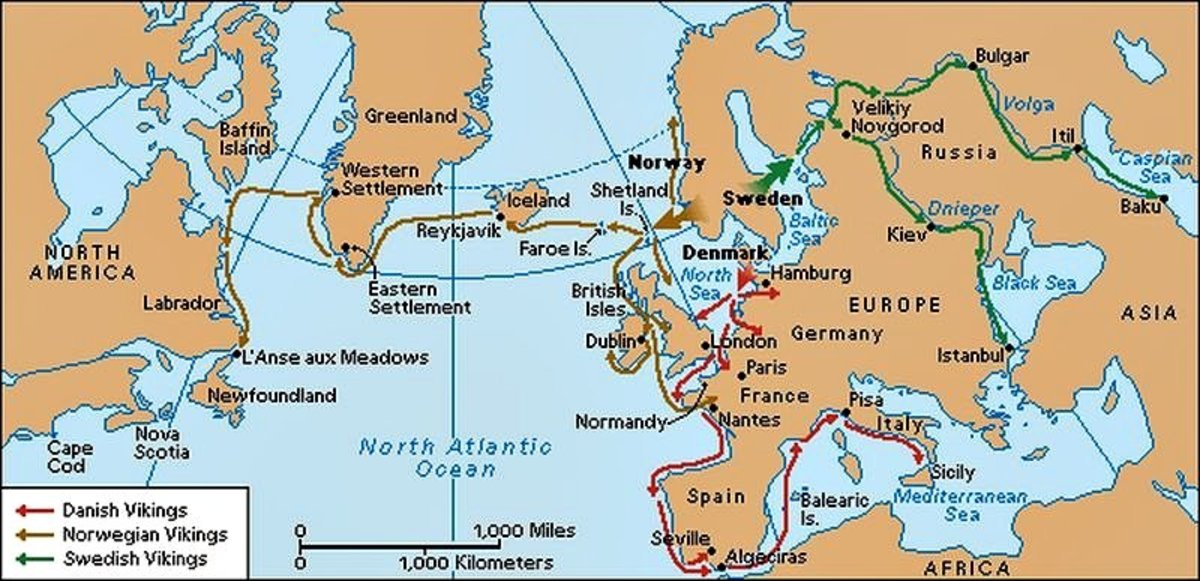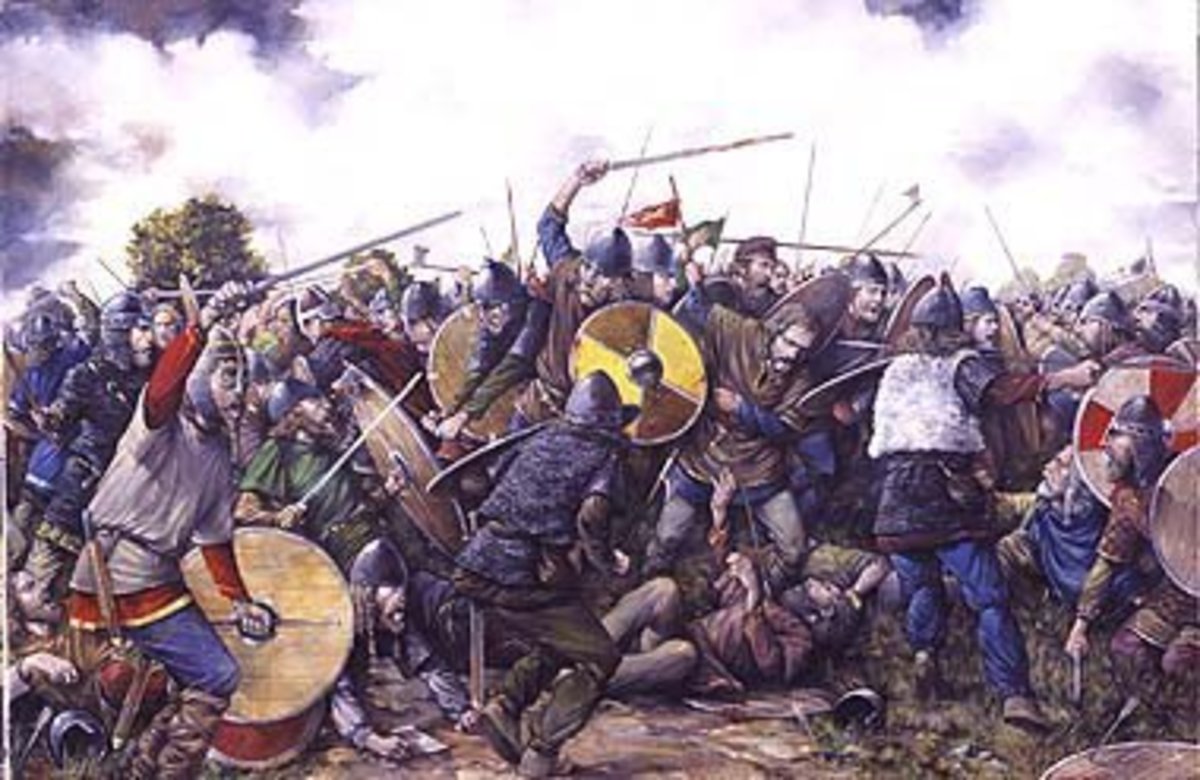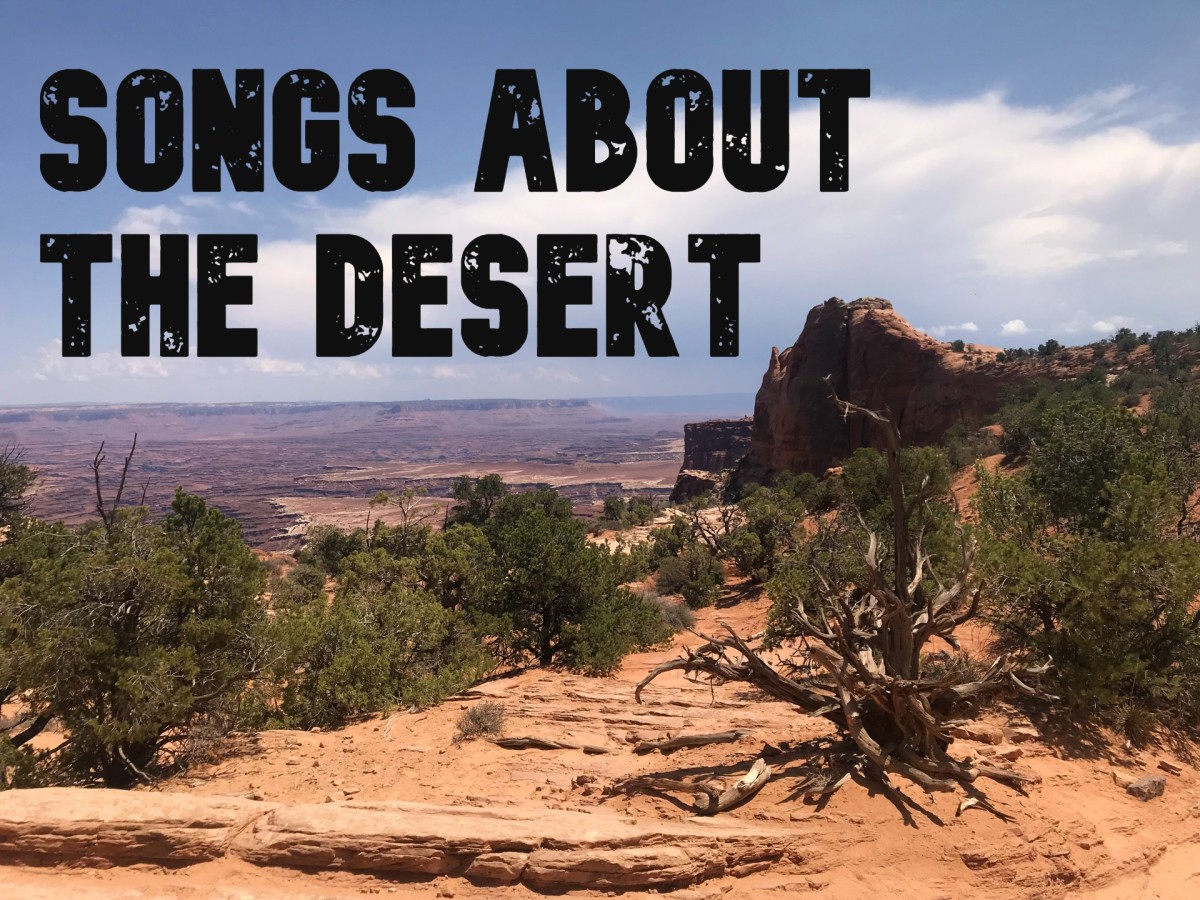Are We Burning Like the Vikings? The Surprising Link Between Burning Man and Pagan Death Rites

Fire, Ritual and the Desert: Why Burning Man Feels So Old
I didn't expect to feel anything but another moment of soulless spectacle the first time I stood in front of the Man rising majestic and mythical above the dust. After all, this was a festival, not a funeral. And yet, as the fire billowed and the crowd gave a collective roar, something more ancient inside me stirred. It felt more like a rite than a performance — less like a party, more like a ritual I’d seen somewhere.
That night, I could not erase the image of a Viking funeral: a ship set alight, floating out to sea, flames eating away at what it used to be, while others looked on impassively or in song to commemorate an end. It struck me—was this effigy burn a contemporary iteration of that same ritual?
I’m not the only one who has entertained this thought. For a lot of Burners, watching the Man burn has been a moment of release, of renewal, of rebirth. Others talk about “letting go” or “watching their old selves die. Stomach-turning, symbolic and, oddly, sacred — particularly at a time when not very much anymore does.
When I started to take the notion a bit more seriously, I discovered it wasn’t merely a fanciful notion like many of my other untethered thoughts — it was part of a larger picture. The desert, the fire, the temporary city — it all felt as if it was playing out something far older than the festival.
Could Burning Man, even if by accident, be drawing on the bones of a lost pagan rite? And if it is, then what does that say about us — our culture, our cravings, the stories we ache to retell through fire?
That inquiry became the catalyst for this journey — into Viking funerals, present-day rituals and the timeless lure of watching something burn.
Flames of the North: What Viking Funerals Were Really Like
When I used to think of a Viking funeral, I’d think of the Hollywood version — a ship burning on the water, arrows of flame shooting up the sails while people lined the beach with their heads tilted to the waves. It’s a strong image, but as with most cinematic myths, only mostly true.
The more I looked at real Norse funeral customs, the more complicated and interesting the story got.
Death was a journey for the Vikings, but not the destination. And that journey required preparation. The body wasn’t just thrown away; it was respected. Other times, it was interred with weapons, tools, and occasionally slaughtered animals or slaves — offerings meant to travel with the dead to the afterlife. Fire was a key element, but it wasn’t all the time on water. In many cases the body was burned in huge funeral pyres on land, and the ashes buried, or used to build burial mounds.
What most struck me, however, weren’t the flames — but the symbolism. Fire wasn’t just destruction. It was purification. Transition. The soul, carried up with the smoke, was thought to move into another world. It was terrifying and beautiful — just like watching the Man burn.
And the communal part of it was everything. Viking funerals were emotional, ceremonial and public. They weren’t quiet affairs. They were acts, tribal acts of closure and morbid transformation.
Suddenly, it all felt familiar. At Burning Man, we assemble in the dust, thousands strong, to see a structure set afire. We cheer. We cry. We release. And whatever we want to call it — art, catharsis, spectacle — we are doing something that feels old, older even than we know.
So I thought to myself: if the Vikings considered fire sacred, could we? Is it possible that we are reconnecting, through ritual, through flame, with something that our ancestors never really lost touch with?
Smoke Signals: Strange Resemblances Between Burning Man and Viking Rituals
The more I thought about Viking funerals and the times I have had while in attendance at Burning Man, the more I realized … no similarities were recorded as first order comparisons.
And both events have presided over them the element of fire. It’s not used haphazardly — it’s orchestrated, ceremonial, communal. For the Vikings, then, the burning of either a person or a boat signified a spiritual crossing. The burning of the effigy, at Burning Man, feels horribly similar. It is the week’s culmination — the time when thousands of us can arrive and stand silently, and applaud or cry, or merely gape, transfixed by the flames.
There’s also the setting. Viking funerals were often held in the remote and natural loveliness of a natural setting, be it a beach or windswept summit loom. And “Burning Man” takes place in another barren region: the Nevada desert. A place that feels outside of regular life, where time warps, where people start to behave with unvarnished truth.
And then there’s the concept of temporary society. Vikings constructed funerary boats that disappeared by flame and sea. At Burning Man, we attempt to create a city out of nothing — one we’ll burn to the ground before summer ends. The city is transient, it disappears in the course of a week. It mimics life. It mimics loss.
But what really gave me pause was the sense of communal energy. Both are about communal catharsis. It’s not just seeing the fire — but it’s participating in an act of letting go. It feels ancient, tribal even. And nobody goes forth quite the same.
So I had to wonder: Are we blindly following the example set by earlier generations? Or are we, in pursuing meaning and change, tapping into a collective memory that goes back thousands of years?
In any case, it came not so much as imitation, but as resonance.
Modern Rituals, Ancient Memory
What I found most compelling wasn’t the visual and structural similarities between Viking funerals and Burning Man — it was the feeling. That uncanny, electric feeling that what we are doing out here in the desert isn’t entirely novel. It feels, somehow, like remembering.
This is where I first started to play with the notion of cultural memory — the idea that certain rituals and symbols reside deep within our collective unconscious. That we have lost the language or the logic that makes them, but we still feel their pull. Fire. Circle. Ash. Rebirth.
Burning Man is famously secular, but walk through the Temple — hushed, numinous, dense with handwritten grief — and you’d swear you’re in a shrine. I have seen people kneel, cry, meditate, burn photos, leave ashes of loved ones. It doesn’t matter what gods they do or don’t believe in. Something old is traveling through them.
And that’s not just coincidence. Neo-pagan movements are on the rise globally, particularly in areas with little connection to traditional religions and a hunger for ritual. They are reaching back to pre-Christian, earth-centered practices — to the elemental, the cyclical, the symbolic. Not to worship, maybe, but to belong. To make something primal.
I began to think of Burning Man as our version of that — a secular cathedral, constructed of dust and fire, a space where transformation could be rehearsed, sans dogma. Perhaps we aren’t copying Viking funerals specifically, but we echo the same emotional needs: to mourn, to celebrate, to grow, to recognize that moment as sacred.
By design or instinct, we are not just building art in the desert — we’re resuscitating memory. And in a world of distraction and disposability, that may be the most potent thing we can do.
Fire in the Mind: The Unlikely Link Between Burning and Addiction
There is something about fire that addresses the human psyche unencumbered. I’ve experienced it — standing beneath the stars in the middle of the desert, watching the flames of the Man on fire dance and roar into the night. It is mesmerizing, primal, oddly comforting.
But why? What is it about fire that is so mesmerizing to us — not just for its warmth, or its light — but as a ritual element?”
As I delved further, however, I discovered that it is not only cultural; it’s psychological. For one thing, fire provides us with a way to face things in life that we often go out of our way to dodge: change, loss, impermanence. When we see something burn — especially something symbolic — we feel we’re letting it go. It’s catastrophic, yes, but it’s also profoundly transformational.
At Burning Man, I’ve watched people toss things like letters, old clothes, mementos of past relationships, fears on paper (on which scripture is burned, spelled out), into the fire. It’s catharsis in motion. And thousands doing it at the same time becomes something more powerful still: a collective release. Psychologists call it collective effervescence — the shared emotional high of a communal experience that meaningful group engagement creates.
There is also something quietly revolutionary about confronting mortality with fire. In our youth- and speed- and permanence-obsessed culture, watching something you built burn down is an oddly liberating reminder that nothing has to last — and that’s all right.
That’s what fire rituals give us: a safe, symbolic death. A time to say farewell to the old self and clear room for something new. It’s not just destruction for the sake of spectacle. It’s an attempt to create a delineation between who you were and who you’re in the process of becoming.
Perhaps, just perhaps, that’s why we continue to be drawn back to the fires. Not only to watch but to feel them. To remember what we are and to imagine what we could become.
The Trouble With Ancient Echoes
For all that I’ve experienced awe and meaning in the flames of Burning Man, I also come away from the event asking the tougher questions, the questions for which there are no easy answers.
(The first is one I’ve heard whispered more frequently of late: Is this cultural appropriation? And after all, Viking funerals were not ours. They were of a time and a place and a people. How can we borrow from these ancient traditions without twisting or disrespecting them?
I don’t have a clear answer. What I can say is that intention makes a difference. If we appropriate symbols without examining their origins — or venture into making a payday off of them — we stand to lose something of their holiness, and instead make them something to be gawked at. It’s a fine line: respecting the past but not taking it over.
Then there is the matter of authenticity in a capitalist universe. Burning Man purports to be a gift economy, but in truth, it can take a lot of capital to even get there. Can a ritual of release remain pure when it comes coated in Instagram posts, designer outfits and tech-fueled camps? I’ve sensed the tension — between raw spiritual moments and programmed festival performance.
We also have to be realistic about how we romanticize the past. Viking culture wasn’t some higher calling — it was bloody and complicated. And while fire rituals are deeply evocative, they can’t substitute for actual spiritual practice, or community — especially when the week is over and we head back home to business as usual.
And yet… I keep coming back.
Because in spite of all those contradictions, something important still smolders out there. Perhaps it’s not about accurately re-creating the past, but about recapturing some part of ourselves that longs for ritual, for meaning, for transformation. Perhaps fire is only the start.
Conclusion: What We Burn and Why It Matters
After years of coming back to the desert, watching the flame rise and fall, I’ve come to believe that Burning Man is not just about art, dust or escape. It is about what we decide to burn — and why.
We exist in a world that seemingly has no room for ceremony. We speed through endings, evade sadness, dread transformation. But fire demands presence. It strips away the unnecessary. It makes us look at impermanence with eyes wide open.
Perhaps that’s why the Viking funeral comparison carries such weight with me. It’s not a matter of re-creating a millennia-old ritual just because it looks pretty. It’s remembering that we still need rites of passage, even when we’ve forgotten what to call them.
Whether the crowd is gathering around a flaming ship or an effigy made of wood and wire, what we’re up to is remarkably the same: marking a change, shedding old selves, standing witness as something sacred slips into ash.
But meaning doesn’t come automatically. We have to give it.We have to ask painful questions, to honor the roots of the symbols we employ and to hold ourselves accountable — to the land, to one another and to the spirit of what we’re attempting to construct.
Burning Man isn’t perfect. Neither were the Vikings. But the urge to ritualize transition via fire? This is something deeply human — and something we lack now more than ever.
So the next time you are standing in front of a fire — at the Playa, or anyplace else — stop. Ask yourself: What am I releasing? What am I becoming? And how can I make this matter, not just for me, but for something bigger?
For ultimately, we are not simply setting things afire.
We are struggling to return to meaning.
© 2025 Bonalu








